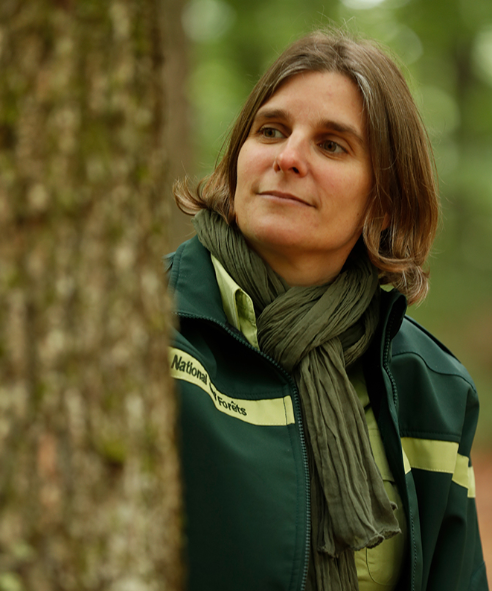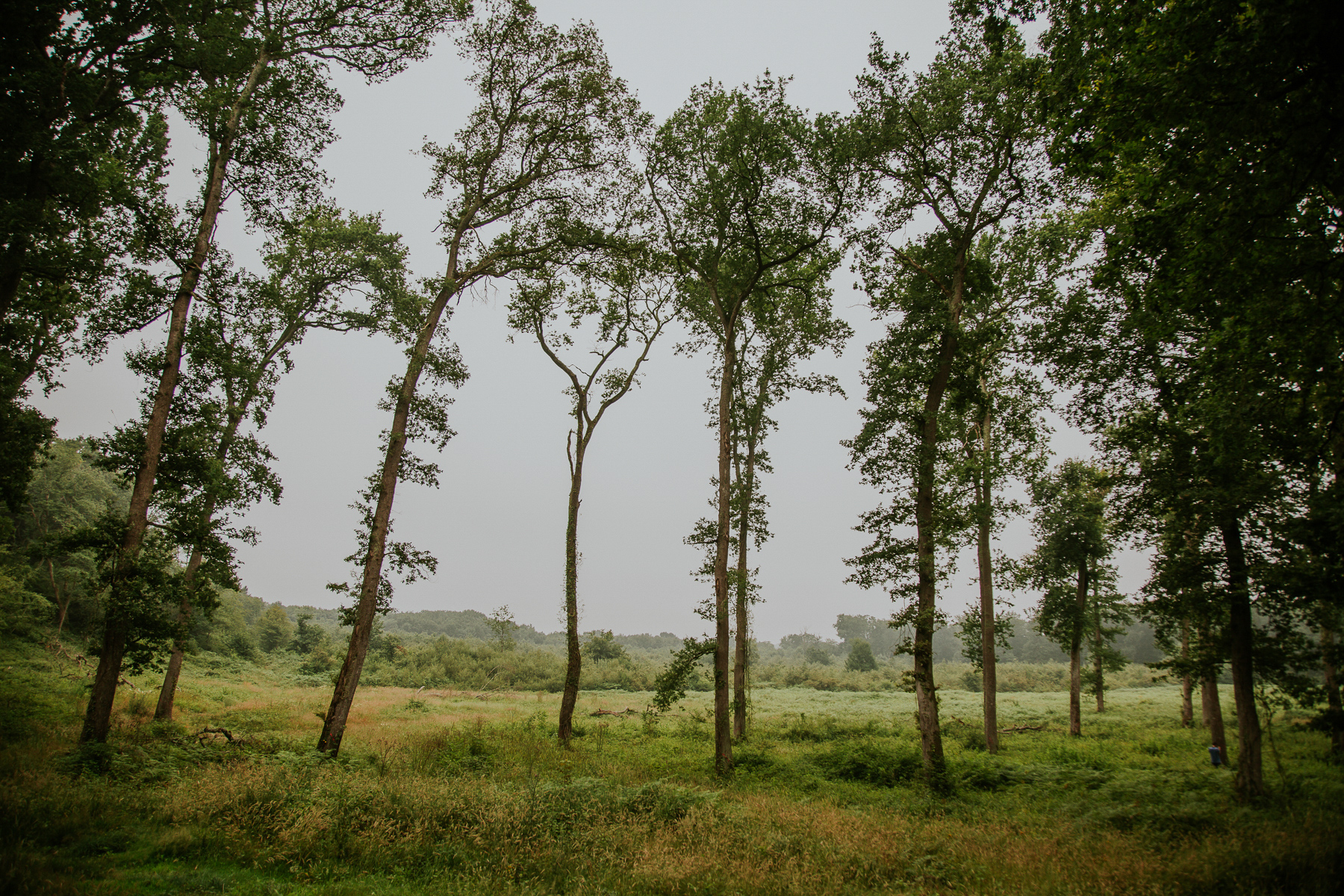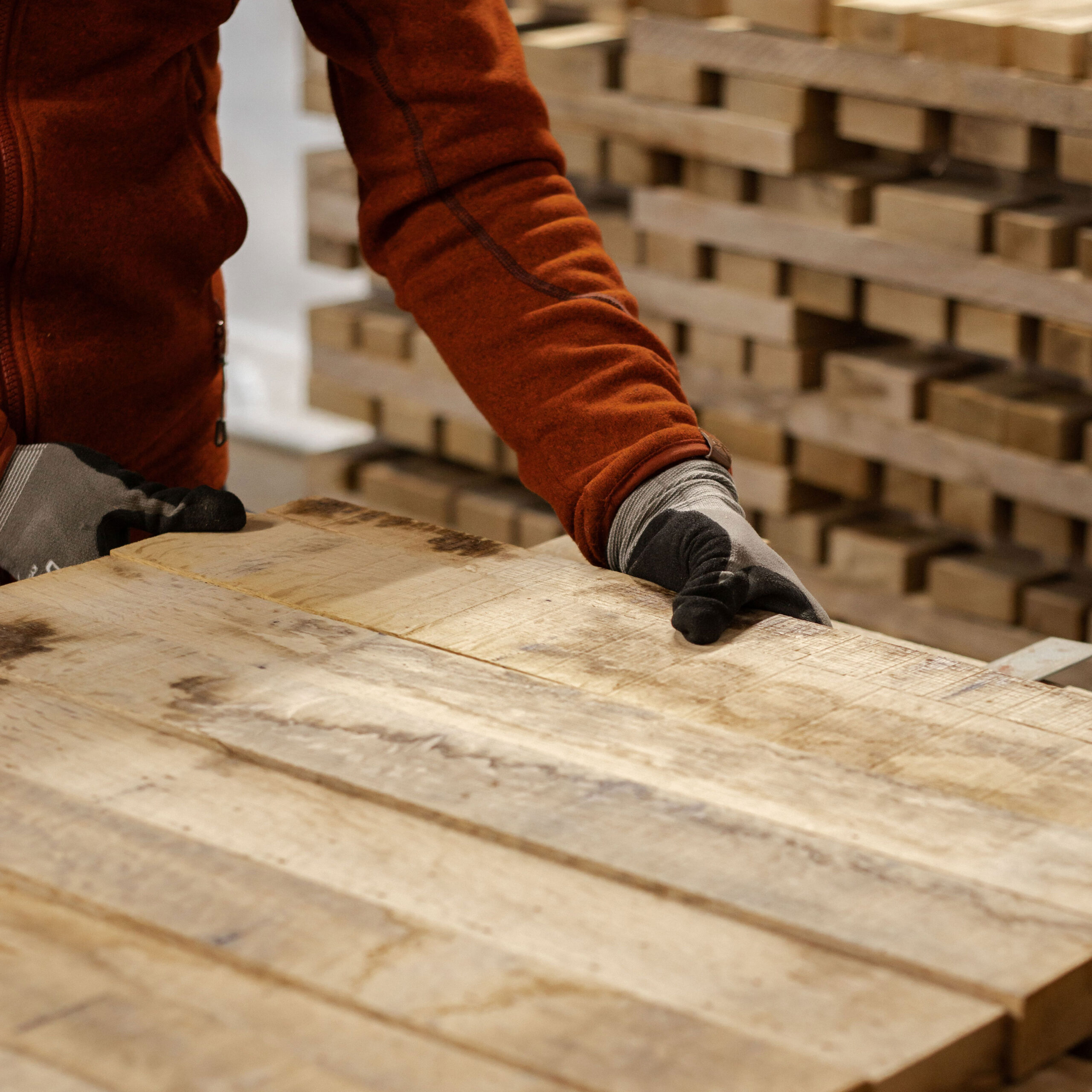Wood sales manager for the Center West Aquitaine region at the ONF (French National Forests Office) and specialized in oak sales for fifteen years.
CAN YOU DEFINE WHAT FORESTRY IS ?
Forestry is the science and technique of growing a forest with several multifunctional goals: producing softwood lumber, maintaining biodiversity and welcoming the public. The tree grows naturally and the human hand will be there to imitate nature and fasten its work. The role of the forester is to optimize these trees, which are the result of the work of several generations.
CAN YOU TELL US ABOUT THE HISTORIC AND SPECIFIC MANAGEMENT OF FORESTS IN FRANCE ?
From the Neolithic to the Middle Ages, the forest covered all of the French territory. With the development of agriculture, it was cleared and used for firewood. In 1669, when Colbert made a large inventory of French forests for the needs of the navy, he established an ordinance to manage the forests. The industrial revolution, with the arrival of coal, had reduced the pressure on forests and it was only from the beginning of the 19th century that forests were managed in order to produce lumber. The creation of the Nancy Royal Forest School (which still exists) in 1824 and the drafting of the forest code in 1827 would prove to be essential. From the 1830s, usage rights were abolished and management plans over periods of 20 to 30 years were put in place with one objective: to have trees around 200 years old. The optimal size of an oak tree is 80 to 90 cm in diameter at breast height (DBH) at the trunk and this takes about 200 years. The tree can live longer, but beyond 200 years, the risk of mortality also increases. In France, we have a conservatory of trees of around 350 years old in the Clos forest in Bercé (Sarthe) reaching diameters from 120 to 150 cm.



WHAT IS THE IMPACT OF THE TERROIR ON THE QUALITY OF THE GRAIN OF AN OAK ?
You should know that in France, we have two species of oak: pedunculate oak and sessile oak which have very different behaviors. Sessile oak is undemanding in water, tolerates poor soils, summer droughts and competition in dense populations. On the other hand, the pedunculate oak is demanding in water, demands more richness of the soil, and badly supports drought and competition.The Loire Valley is a favorable context for sessile oak with low rainfall, of the order of 600 to 700 mm per year, combined with poor soils. The sessile oak grows slowly on this terroir and this is also why it has a fine grain, which is highly sought after for cooperage. You should know that the oak grows in two stages. In the spring, the growth is homogeneous and made up of numerous vessels to raise the sap. Then, the summer growth occurs according to the climatic conditions. In the Loire basin *, this summer drought will be conducive to slow growth and therefore a finer growth ring with less tannin content.
WHAT ARE THE DIFFERENCES OF THE FORESTS IN FRANCE WHICH LEAD US TO SPEAK OF THE ORIGIN OF THE WOOD OF A BARREL ?
All the forests of the Loire Valley constitute a unique terroir in terms of forest management because there are very few climatic differences. Our approach is different from the oenologist who can detect nuances in his wine. The northeast quarter will however be different because the growing seasons are shorter, the humidity is higher and therefore the proportion of pedunculate oaks is higher.
HOW ARE THE FORESTS IN FRANCE ORGANIZED ?
The forests are the legacy of different historical practices. The Loire Valley, famous for cooperage, comes from a royal management, organized in tall and old-growth forests. A tall and old-growth forest starts with an acorn that falls to the ground and gives birth to a tree. Our objective will be to naturally regenerate the forest by cutting the largest trees and thus letting these young trees grow underneath. When they reach 15 years of age, our work will be to optimize the thrust of these trees to around 4 meters. From 15 to 30 years old, this is the compression phase. The tree grows straight and tight to get the light. At 30 years old, it’s the clearing stage. The trees must be thinned out. The tree now measures approximately 8 meters high. Around 40/50 years old, we choose the most vigorous, straight and healthy trees. We mark them so that all generations of foresters work in the interest of the selected trees until they are cut down at around 150 years. During these years, it is important to keep light for the understory with accompanying wood (beech or hornbeam), which will reinforce the trunks and prevent the growth of small, annoying branches to ensure the quality of the lumber. Every 10 years, the forests will be worked to harvest mature trees and to repopulate the forests.The undergrowth is made up of trees which arise from the rejection of a stump. The shoots grow and this constitutes firewood only.
HOW DOES THE SALE OF TREES TAKE PLACE IN FRANCE ?
The first step is to mark the trees, which is done by the forester. An “AF” stamp, for Forest Administration, is hammered into the stump and on the trunk of the trees to be cut. An inventory of these trees by species and diameter is made, and this list is offered during a sale. The buyers are in a room, they make their offer on the computer, and I award the lot to the best offer. It is an open competition sale. Buyers will estimate the wood lots for several months, often in the summer, in the field and check the quality of the trees. There is a withdrawal price, that is to say a price below which we do not want to sell. If the offers are too low, the lot is withdrawn. Today, the price orders are very variable because the qualities of oak are, too. The price range is from 300 to 1,000 euros per cubic meter for cooperage. For example, in Bercé, Tronçais or Loche, we had exceptional lots, which went for more than 1,000 euros.
WHAT IS YOUR ROLE WITH THE STAVE MAKERS ?
We know them well because we meet regularly. Our role is to best manage the forest, which is their main source of supply of oak, particularly for fine grains. Our objective is to maintain this management of fine-grained oaks and to ensure the greatest regularity of resources while guaranteeing a supply for future years.
Interview conducted by Marie-Pierre Dardouillet @Cépagescommunication for Cadus – 2020
Photos and illustrations : ONF sources






 This website uses cookies to enhance your web experience.
This website uses cookies to enhance your web experience.